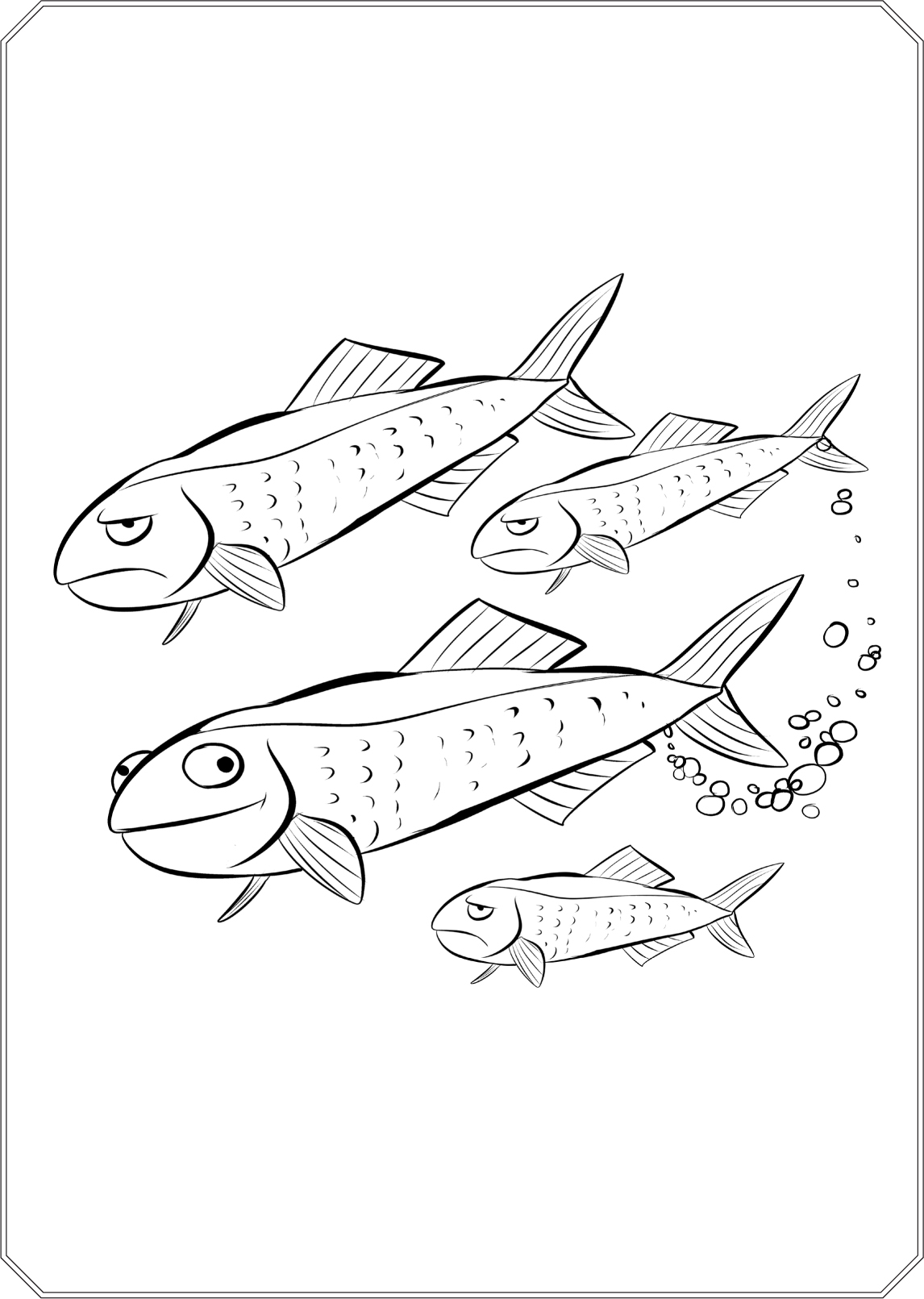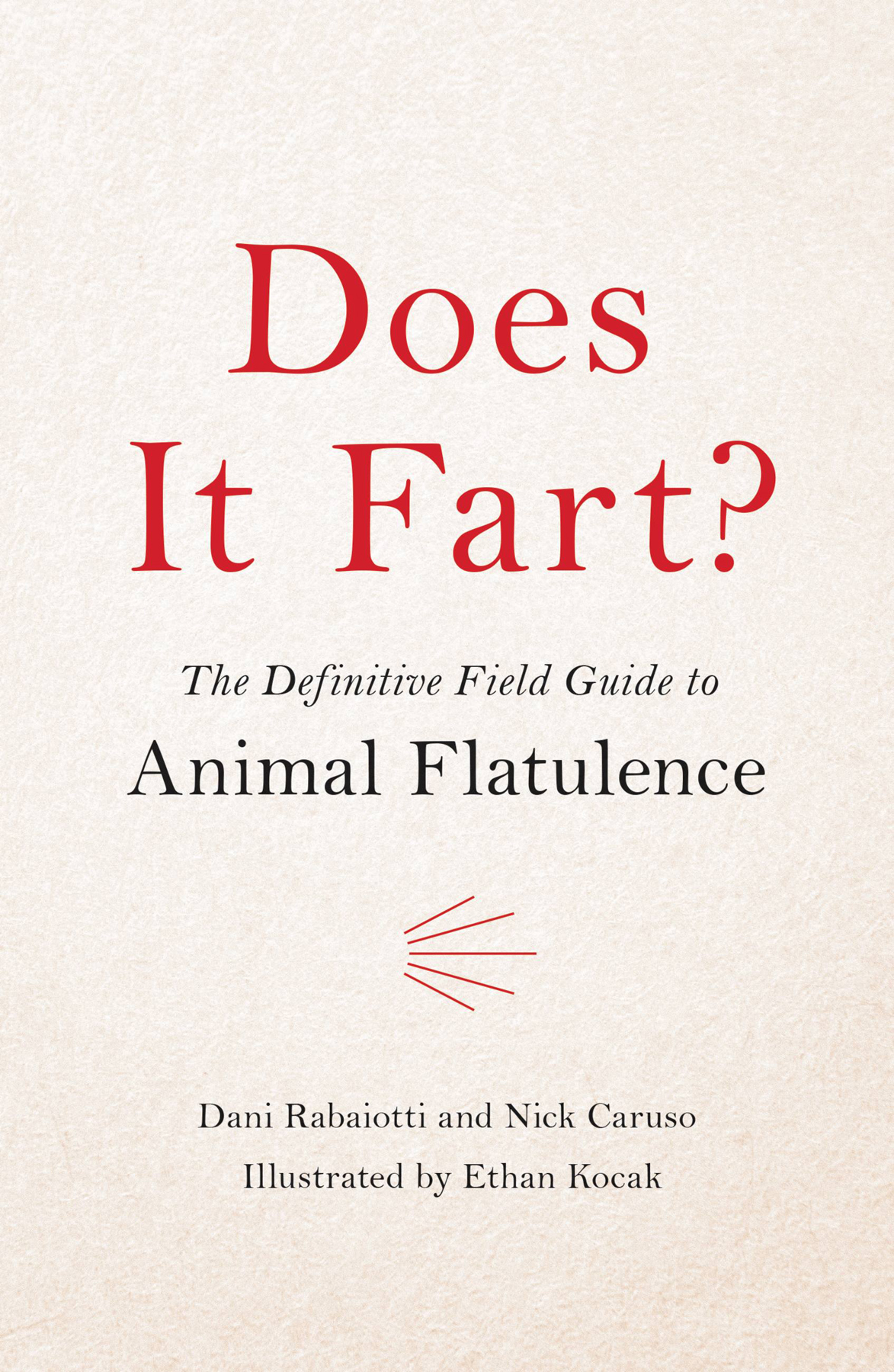Thank you for buying this ebook, published by HachetteDigital.
To receive special offers, bonus content, and news about ourlatest ebooks and apps, sign up for our newsletters.
Copyright 2017 by Nick Caruso and Dani Rabaiotti
Illustrations copyright 2017 by Ethan Kocak
Cover design by Amanda Kain
Cover copyright 2018 by Hachette Book Group, Inc.
Hachette Book Group supports the right to free expression and the value of copyright. The purpose of copyright is to encourage writers and artists to produce the creative works that enrich our culture.
The scanning, uploading, and distribution of this book without permission is a theft of the authors intellectual property. If you would like permission to use material from the book (other than for review purposes), please contact permissions@hbgusa.com. Thank you for your support of the authors rights.
Hachette Books
Hachette Book Group
1290 Avenue of the Americas, New York, NY 10104
hachettebooks.com
twitter.com/hachettebooks
Originally published in 2017 by Quercus in Great Britain.
First U.S. Edition: April 2018
Hachette Books is a division of Hachette Book Group, Inc. The Hachette Books name and logo are trademarks of Hachette Book Group, Inc.
The publisher is not responsible for websites (or their content) that are not owned by the publisher.
The Hachette Speakers Bureau provides a wide range of authors for speaking events. To find out more, go to www.hachettespeakersbureau.com or call (866) 376-6591.
LCCN: 2017962724
ISBNs: 978-0-316-48415-2 (hardcover); 978-0-316-48413-8 (ebook)
E3-20180212-JV-NF
HOW THIS BOOK CAME ABOUT
Nick and Dani are both active on Twitter and use the social media platform to talk about their work and engage with other scientists. They are part of the large community of ecologists and zoologists on Twitter who share information, collaborate and engage in a lot of science communication. One fateful day Dani was asked by a family member whether snakes farted, but she was unsure of the answer. She knew someone, however, who would definitely know: David Steen, an Assistant Research Professor of Wildlife Ecology and Conservation at Auburn University, Alabama, and all-around snake expert. He answered, on Twitter, yes, and from there, science Twitter quickly realized that actually does it fart? is a common question that animal researchers get asked: this in turn led Nick to create #DoesItFart and, in the true nature of science, this swiftly spawned a spreadsheet. Many science researchers and pet owners contributed to the spreadsheet: You can find a list of contributors and their Twitter handles . Clearly the next step was a full guide in print, and so Does it Fart?, the book, was born.
WHAT IS A FART?
The medical term for a fart is flatulence, which is defined as flatus expelled through the anus. Flatus is strictly defined as gas produced during digestiongenerally in the stomach and/or gut. Through this book Dani and Nick are taking part in flatology, or the study of flatulence, even though their main area of expertise is not in this field.
The word fart dates back to the fourteenth century, before the term flatulence came into use, and was used specifically to mean breaking wind loudly. Today the term fart is more commonly used to describe any gas expelled from the end of an animal that is opposite to its mouthwhether this be through the anus, cloaca or a specialized ductand if it is audible or not. This, therefore, is the definition used throughout this book. So, although some of the farts in this book may not fit the strict medical definition of flatulence, they would generally be accepted as a fart to any human encountering them.
Not all farts are created equal, and the smell and frequency of flatus can vary based on an organisms diet, health and gut flora. Vegetables and other food that are high in fiber, such as broccoli, beans or peas, dairy products containing lactose, foods that are high in starch or fructose and many others, have all been linked to increasing fart frequency in humans (and likely other animals too, though studies are limited). We all know the childhood song Beans, beans, the musical fruit, the more you eat the more you toot, similarly, food that is harder to digest for a particular organism and remains within their intestines for longer periods of time can also lead to increases in farting. While many farts are odorless, consisting primarily of carbon dioxide, food containing a higher concentration of sulfur, such as meats or Brussels sprouts, can lead to the production of hydrogen sulfide, which has a pungent rotten-egg smell. Parasitic infections, such as Giardiasis, other intestinal illnesses and food sensitivities can also lead to increases in flatus frequency or malodorthat is, having a bad smell. Whereas some individuals may simply harbor a greater concentration of gas-producing bacteria and other microorganisms within their intestines, collectively known as the intestinal or gut flora, and thus produce more gas.

Scientific Name (Genus): Clupea
DOES IT FART? YES
There are over 200 species of herringfish species in the genus Clupeaworldwide, a couple of which have taken the art of farting to new depths. The Pacific and Atlantic herrings have both been found to gulp air from the surface of the water and store it in their swim bladders, later expelling it from their anal ducts in what is technically known as a Fast Repetitive Tick (FRT).
FRTs produce a high-pitched raspberry sound lasting between 0.6 and 7.6 seconds, at frequencies of between 1.7 and 22kHz. Herring, which have particularly good hearing compared to other fish species, produce FRTs more frequently when densities of herring are higher, and it is thought that they use FRTs to communicate with other members of their species. In this way, FRTs are used to find and stay close to other herring, especially at night when they cant see each other; so these particularly gassy fish use farts to form shoals and stay safe from predators. You might think that these raspberry sounds would give away a herrings location to hungry predators looking for a bite to eat, but, due to the high frequencies of the FRTs, they are above the auditory range of most predatory fishesa secret fart-code that only other herring can hear. Most marine mammals (as well as humans!) can hear it though, and it is thought this might be how they locate herring to eat.
Scientific Name (Species): Capra aegagrus hircus
DOES IT FART? YES
Goats belong to the family Bovidae, which includes cows (), meaning they have four stomachs packed full of methane-producing bacteria which help them digest plant material, and so give off a lot of gas in the process. Although this process produces far more burps than farts, goats do fart, and this combination makes them particularly gassy animals. In 2015, a plane full of over 2,000 goats on its way to Kuala Lumpur was forced to land unexpectedly after the fire alarm was set off by the copious amounts of gas produced by the goats on board.







